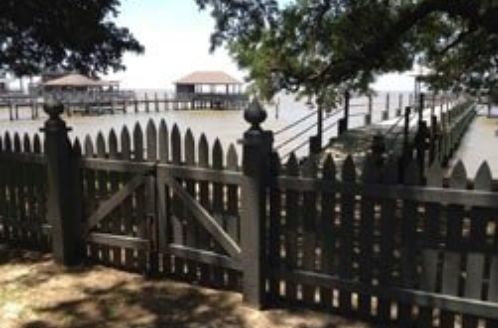Installing a fence is one of the most significant outdoor improvements you can make to your property. Whether you’re looking to create a safe space for children and pets, enhance your home’s aesthetic, or establish clear property boundaries, understanding the basics of fencing materials, installation, and maintenance is essential. Here are answers to the most common questions that arise when planning a fence installation project.

Popular materials include wood, vinyl, chain-link, aluminum, wrought iron and composite. Each has different durability, maintenance and cost factors.
The best fence depends on your goals: privacy (solid wood or vinyl), security (wrought iron or aluminum), aesthetics (decorative metal or composite) or budget (chain-link).
Most residential fences are 4 to 6 feet tall, but local zoning laws may restrict or permit different heights.
In many areas, a permit is required, especially for fences over a certain height or those near property lines. Always check local regulations.
Lifespans vary by material: wood (15-20 years with proper maintenance), vinyl (20-30 years), aluminum (30+ years) and chain-link (15-20 years).
Solid panel fences, such as wood or vinyl privacy fences, are ideal for blocking sightlines and ensuring privacy.
Regular cleaning, sealing (for wood) and inspections for damage are key to prolonging a fence’s lifespan. Rust-proofing is essential for metal fences.
DIY installation is possible for simpler designs like chain-link or prefabricated panels. However, more complex or large-scale projects will require professional help.
A land survey is the best way to confirm property boundaries. It’s essential to avoid disputes with neighbors.
Look for contractors with strong reviews, proper licensing and insurance. Request quotes, check references and review contracts carefully before hiring.